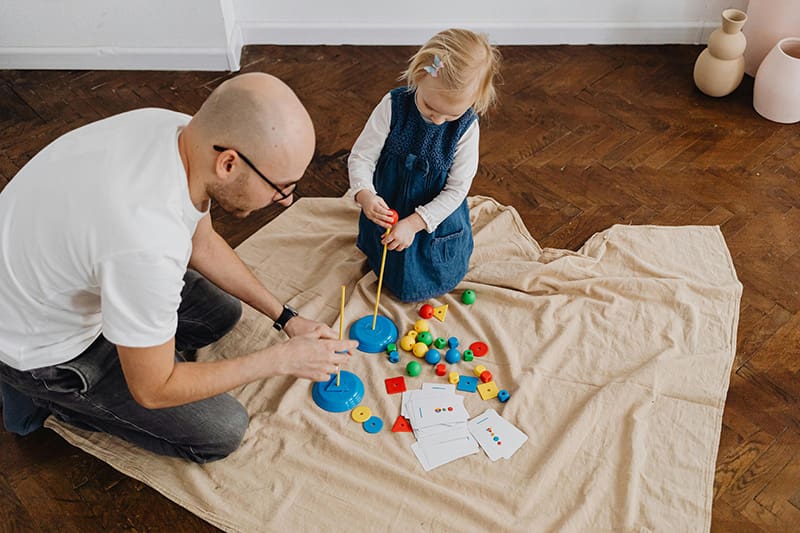In pediatric Applied Behavior Analysis (ABA) therapy, managing stress and fostering self-regulation skills are pivotal for children, especially those on the autism spectrum. At Chicago ABA Therapy, we incorporate a variety of relaxation and self-calming strategies into our comprehensive care plans. These techniques are not only essential for reducing anxiety and enhancing focus but also crucial in helping children navigate their daily interactions more effectively. Here’s a deep dive into seven effective relaxation and self-calming strategies used in pediatric ABA therapy, highlighting how they can significantly benefit your child.
1. Deep Breathing Exercises
Deep breathing is a fundamental, yet powerful, relaxation technique used in ABA therapy. It helps regulate the body’s response to stress by slowing down the heartbeat and lowering blood pressure. At Chicago ABA Therapy, therapists guide children through deep breathing exercises, teaching them to inhale slowly through their nose, hold their breath for a few seconds, and then exhale gently. This technique can be particularly beneficial during moments of high anxiety or emotional distress, providing a tool that children can use anytime, anywhere.
2. Progressive Muscle Relaxation
Progressive Muscle Relaxation (PMR) is another effective method that involves tensing and then relaxing different muscle groups in the body. This technique promotes awareness of physical sensations and helps in the management of stress and anxiety. In pediatric ABA sessions, therapists might start by guiding children to tense their fists or shoulders and then relax them, progressively working through various parts of the body. PMR is especially useful for children who experience physical manifestations of stress, such as muscle tightness.
3. Visualization Techniques
Visualization, or guided imagery, involves imagining a peaceful and calming scene, which can help children escape from stressful situations momentarily. Therapists at Chicago ABA Therapy use this technique to help children visualize a place where they feel safe and happy, whether it’s a quiet beach or a cozy room. This method not only aids in relaxation but also enhances the child’s ability to focus on positive images, thereby reducing anxiety levels.
4. Mindfulness and Meditation
Mindfulness and meditation are becoming increasingly popular in various therapeutic settings, including ABA therapy. These practices teach children to remain present in the moment, acknowledging their thoughts and feelings without judgment. By incorporating mindfulness exercises, such as focusing on the breath or paying attention to different senses, therapists help children improve their concentration and manage impulses better.
5. Sensory Integration Techniques
Many children with autism spectrum disorders may have sensory sensitivities. Sensory integration techniques are designed to help manage these sensitivities by providing appropriate sensory input. At Chicago ABA Therapy, therapists might use tools like weighted blankets, fidget toys, or soothing music to provide comfort and reduce sensory overload, which can be a significant source of stress.
6. Yoga and Physical Activity
Yoga combines physical postures, breathing exercises, and meditation to provide a holistic approach to stress management. In pediatric ABA therapy, simple yoga poses are adapted to suit young children’s abilities, helping them improve flexibility, balance, and calmness. Additionally, regular physical activity is encouraged to help reduce anxiety and improve mood, with therapists incorporating fun, structured activities that align with each child’s interests and developmental level.
7. Positive Reinforcement
Positive reinforcement is a cornerstone of ABA therapy. By acknowledging and rewarding efforts to use relaxation and self-calming techniques, therapists reinforce these behaviors, making it more likely that children will use them in stressful situations. This approach not only promotes relaxation skills but also boosts self-esteem and confidence in children.
At Chicago ABA Therapy, our multidisciplinary team is committed to teaching and reinforcing these relaxation and self-calming strategies as part of our mission to support each child’s unique developmental needs. By integrating these techniques into our therapy sessions, we empower children with autism to manage their stress and anxiety more effectively, enhancing their overall quality of life and ability to engage with the world around them.










